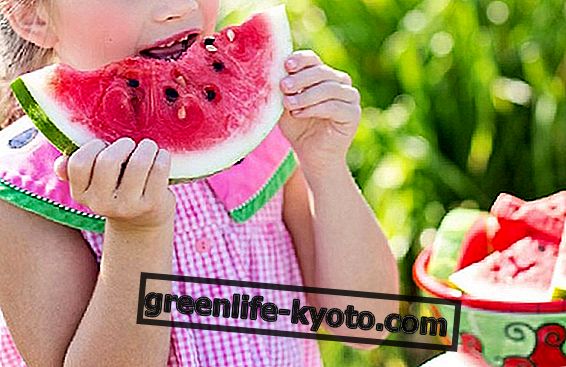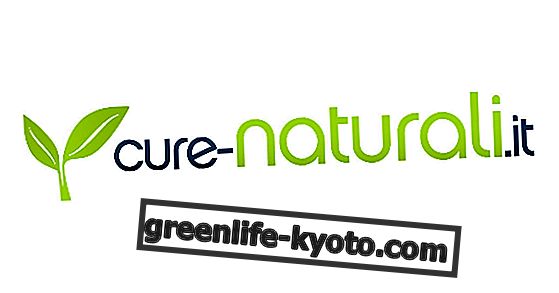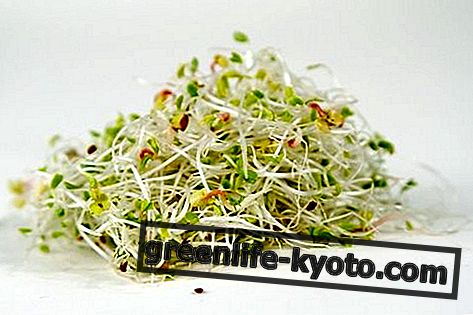
They are not for adults, but also for children health and well-being go through their daily lifestyle, starting with nutrition.
Children: health at the table
What and how should children eat? Depends on age. Breast milk is the ideal food for children's health up to 6 months; in any case, whether you choose to breastfeed your child or whether you opt for formulated milk, you need to know that the first 12 months of life are characterized by rapid growth in the European Union; at the end of the first year, in fact, the children will have generally tripled the weight they had at birth and will have grown in height by 50% compared to the initial length.
After the first year, we see a slowdown in the speed of growth, which will remain more or less constant from 2 years to puberty. The energy needed for growth, after the second year, will therefore be less than in the first 12 months.
However, up to three years, managing the diet in order to safeguard children's health is quite simple, as the parent is able to keep everything under control; the difficult begins at three years, when, with the beginning of kindergarten, the diet begins to be regulated more by tastes than by nutritional needs and is influenced by the advertising and habits of small friends.
It is at this time that the parent, in order to safeguard the health of children, must intervene and pay more attention, proposing healthy food, helping their children to avoid meals, organizing light and healthy snacks.
Find out what the 10 natural rights of children are
Children's health at snack time
One of the most critical moments is the snack, because it is the time when children try to better satisfy their gluttony.
It is possible to banish snacks, candies, fries and all the unhealthy foods, without penalizing the greedy appearance, offering children healthy food presented in a captivating way: fruit skewers, fruit salad with a spoon of fresh cream, a slice of a simple homemade apple pie, a yogurt with a few bits of dark chocolate etc.
If the child gets used to eating in this way, he will then spontaneously manage his diet correctly when he has to do it himself.
Children: health and free time
The health of children also depends on leisure activities . A correct lifestyle, and therefore a healthy lifestyle, cannot be separated from the practice of a physical activity that, especially in children, plays a fundamental role.
The World Health Organization has drawn up guidelines on the amount of physical activity to be performed in order to remain in good health. Summarizing the advice, the WHO claims that, to promote the development of bones and muscles, for the cardiovascular health of children and to prevent all those diseases that doctors call "non-communicable" (from the English NCD, an acronym for Non Communicable Diseases), namely hypertension, diabetes, cancer and even depression and anxiety, children and adolescents, starting at five years of age, should
- Practice at least an hour a day of moderate to intense physical activity and commit to going beyond the time (ie an hour is the minimum);
- Do aerobic activity at least three times a week.
In the guidelines, the WHO also specifies that, when it comes to physical activity, it is necessary to consider not only the actual sport, but also all those activities that require movement : play, recreational activities carried out in the school context and in the family context, walks on foot, bike rides and everything you do during the day.
In summary, and to conclude, we could say that the first two rules for children's health are:
- Eat correctly
- Less television and more active play.













